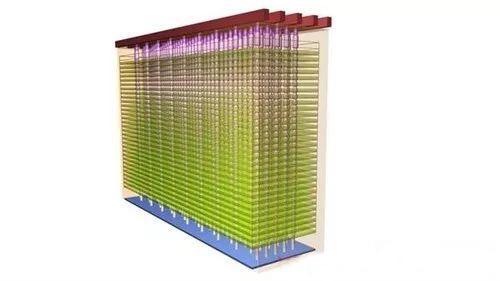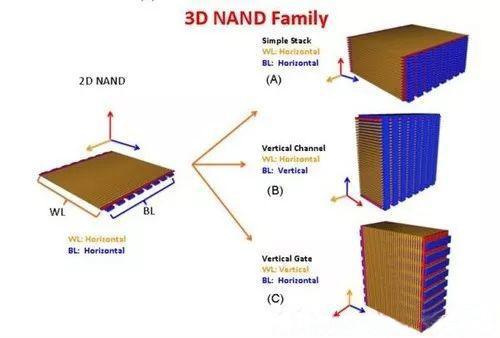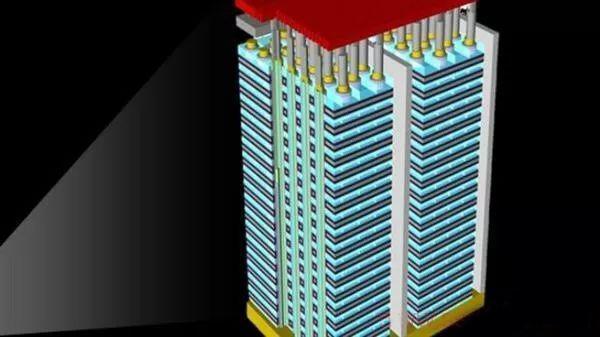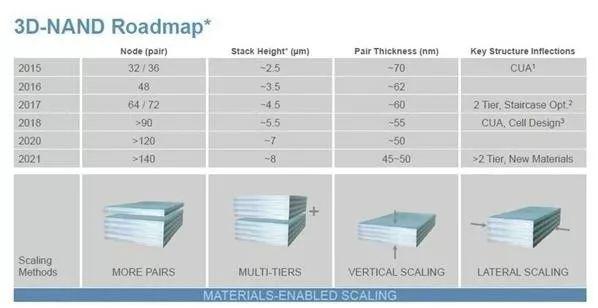What is 3D NAND flash memory? What is its competitive advantage?
What is 3D NAND flash memory?

3D NAND is an emerging type of flash memory that deals with the limitations caused by 2D or flat NAND flash memory through stacking storage units together. The upgrade from 2D NAND to 3D NAND is like altering bungalow to skyscraper. The so-called 3D flash memory is a stack of 2D flash memory. Intel used to introduce NAND by constructing the building as an example. If we compare ordinary NAND to a bungalow, 3D NAND is a skyscraper. As a result, the building area is rapidly increased. Theoretically, there is no limit to the number of stacks, but most of 3D NAND is consisted of 64 layers today, due to technical and material limitations.

3D NAND is no longer a simple in-plane stack like 2D NAND. It also has two kinds of structure - VC vertical channel and VG vertical grid.
What is its competitive advantage?

The birth of new products is aimed to make up for the shortage of old products, and the emergence of 3D NAND is also because 2D NAND cannot meet the requirement of people. NAND flash is not only divided into SLC, MLC and TLC. In order to improve its capacity and reduce the cost, the manufacturing process of NAND is constantly progressing, and the thickness also begins to decrease. There is still huge difference between NAND flash memory and processor, while advanced technology has brought a greater capacity, but its reliability and performance is decreasing, because the more advanced technology is, the thinner the oxide layer of NAND is, and its reliability would be more poor, companies have to take additional means to make up for this problem, which would inevitably increase costs, so that completely offset the benefits brought by manufacturing process when reaching some degree.
3D NAND shifts the original ideas from improving manufacturing technologies to stacking more layers, which can take capacity, performance and reliability into consideration in the meanwhile. It can be said that the future of 3D NAND is very bright.
The future of 3D NANDIn the meeting of Japan giant International memory working group(IMW), Applied Materials puts forward, it is expected that the number of 3D storage stacking can reach 120 or higher until 2020, and more than 140 by 2021, which is more than a double of the mainstream 64 layers.

The increased number of layers means that the requirements of process and material would increase, and new basic materials must be used to achieve the stacking of 140 layers. And as the number of stacked layers increases, the height of storage stack increases, but the thickness of each layer continues to shrink. The stacked thickness of previous 32/36-layer 3D NAND is 2.5μm, and every layer is about 70 nm. The thickness of 48
